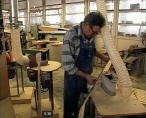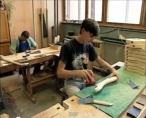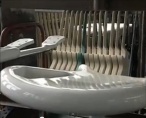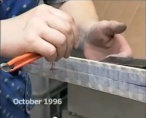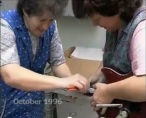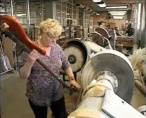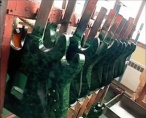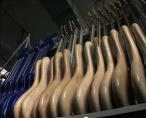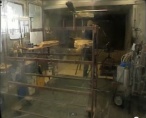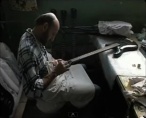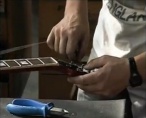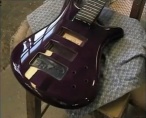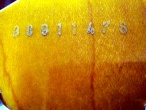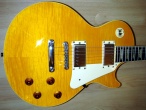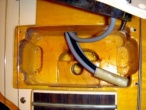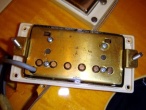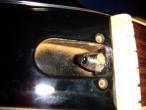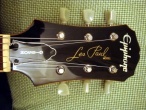Bohemia Musico-Delicia
|
The images of the Bohemia Musico factory on this page are screencaps from a documentary depicting Eastern Europe's transition from communism to capatalism entitled :Transition From Communism To Capitalism" by Albert Clack. You can watch the video clip here.
Delicia Accordian WorksThe Bohemia Musico-Delicia factory, originally called Harmonika, and later after nationalization, Delicia Accordion Works, was founded in 1947 and produced accordions, harmonicas and a variety of Latin-American musical instruments. By the late 1980's, Delicia was partnered with Kramer guitars until 1991 when Kramer went out of business. When Delicia was put up for privatization in 1993, Petr Vykydal, a former employee, and a few other former Delicia colleagues out-bid the former management for ownership of the company. By the mid 1990's, Delicia was renamed to Bohemia Musico-Delicia and was producing guitars for companies such as Epiphone, Hohner, and Spector for the European market. The Bohemia Musico-Delicia company is now owned by Zdenek Koutny - AKORDEON SERVIS
EpiphoneEpiphone began producing guitars at Bohemia Musico sometime around 1996, most notably, the Les Paul. Other models that we know were made at the Bohemia plant were the G-400 and Korina Explorer. More models may surface over time. The Epiphone Bohemia guitars were made until approximately 1999 or 2000. Under the direction of Petr Vykydal, and with approval from Epiphone, the guitars made at the Bohemia factory were of higher quality and slightly different specifications than that of their Korean, Indonesian and Chinese counterparts. Many Epiphone owners claim that these particular guitars were almost, if not on par with the Japanese-made Epiphones, though the actual similarities and differences between the two have not been officially noted.
DifferencesSince the Les Paul model was the most prevalent model made at the Bohemia factory, we will focus on some of the difference between a Czech Les Paul and the Asian Les Pauls. Please keep in mind that the differences in construction and hardware may not be consistent through all Bohemia Les Pauls. Later models seem to fall more in line with the Asian Les Paul models as far as hardware is concerned at least. Some of the differences between an Asian-made Epiphone Les Paul and a Czech-made Epiphone Les Paul are as follows:
|
Serial Number Variations:
Example: B09091234 = Bohêmia Musico-Delicia, Czech Republic / 1999 (09 = 1999, 10 = 2000 11 = 2001)
Example: B9091234 = Bohêmia Musico-Delicia, Czech Republic / 1999 (7 = 1997, 8 = 1998, 9 = 1999)
Electrics | Archtops | Acoustics | Basses | Bluegrass | Amplifiers | Promotional Guitars
